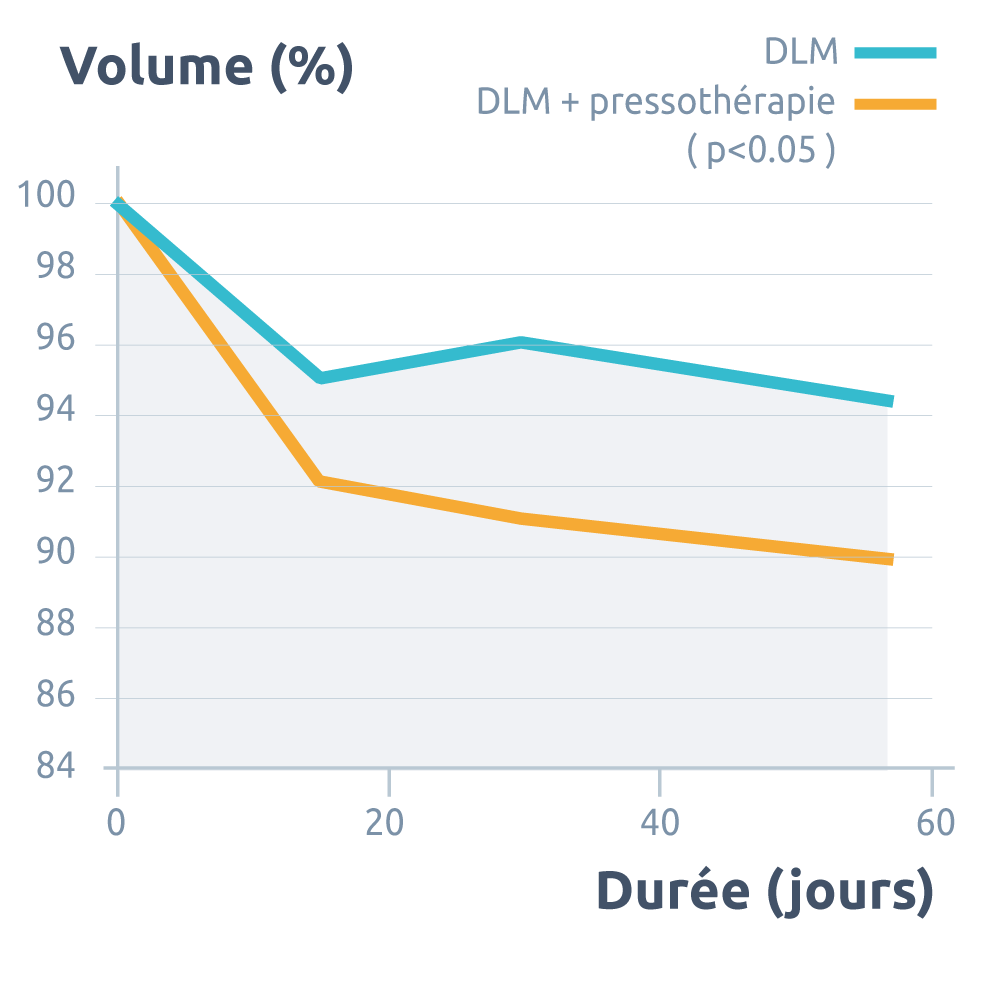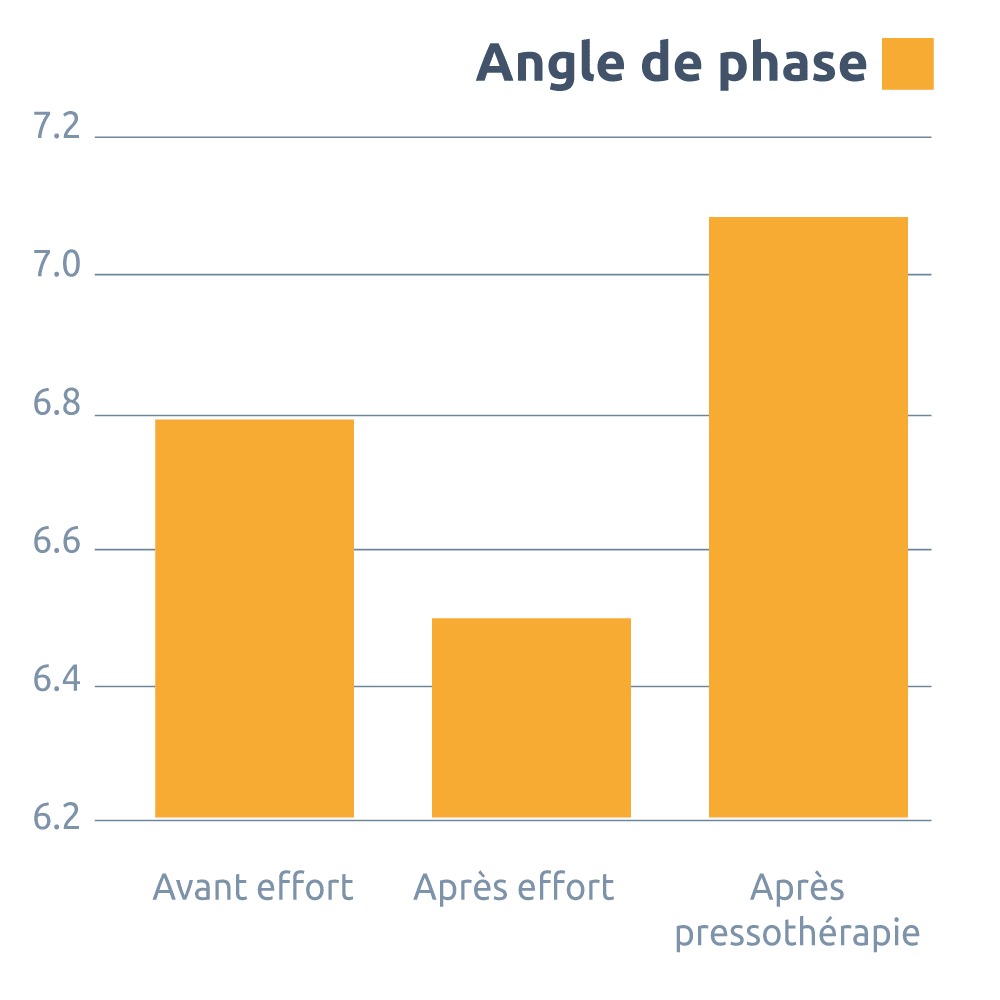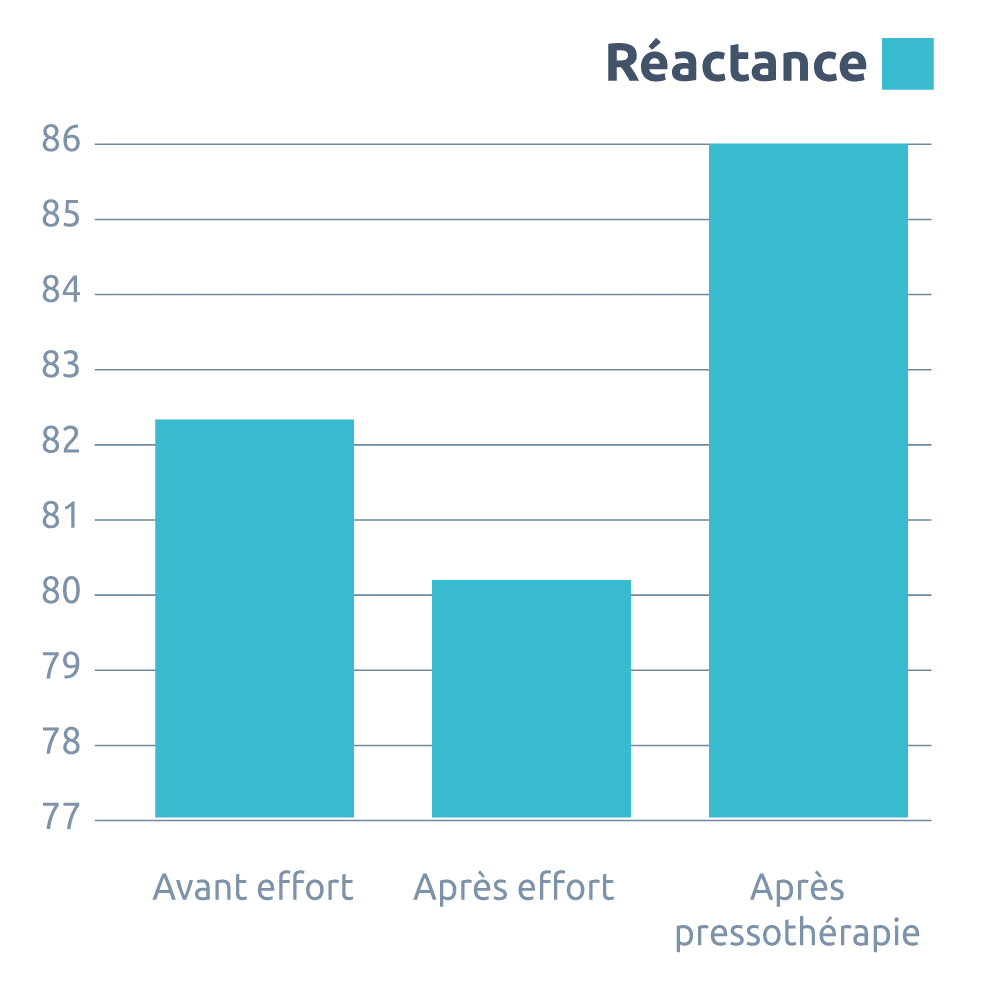Pressotherapy
Pressotherapy is a mechanical drainage technique that activates venous and lymphatic return circulation by massaging and decompressing compartmentalized accessories. This is a method of stimulating the lymphatic system devised by physiotherapist Dr. Emil Vodder in the 1930s.
The Pressothérapie Eureduc TP07i, consisting of a casing and massage elements (boots or sleeves), enhances the effect of manual drainage performed by your physiotherapists at Bascharage. High-performance, robust and reliable, it is a must-have in the management of veno-lymphatic disorders.
Therapeutic use of Pressotherapy
Pressotherapy enjoys a strong medical consensus for the treatment of edema of venous and lymphatic origin, as well as symptoms of venous insufficiency, as a complement to manual drainage techniques and compression (for heavy pathologies).
Big arms, lymphedema, venous insufficiency… these are just some of the pathologies that lead patients to consult a specialist to find relief and regain a better quality of life.
In addition to manual drainage, Pressotherapy completes the in-office session by maximizing the benefits of drainage.
1 in 3 people in France suffers from venous insufficiency (1)
+ More than 100,000 new cases of lymphedema per year in France (2)
(1) INSEE sources
(2) Geneviève D. – Genetics of Lymphedema: focus 2015 2016 March – Journ. des Mal. Vasc. ; 41(2): 112.
Your physiotherapists in Bascharage use the Eureduc® TP07i model, a 7-chamber pressotherapy device controlled by a touch screen. It boasts unrivalled efficiency thanks to its automatic double pressure gradient, and is used by leading lymphology reference centers.
Indications and contraindications
Edema
Lymphedemaand phlebedema
Thrombosis prevention and phlebitis sequelae
Heavy legs
Sports and post-surgical recovery
Acute deep vein thrombosis
Erysipelas or lymphangitis
Systemic decompensation
Pressure urticaria
Pressure therapy and lymphedema
“In patients with lower extremity lymphedema, pressotherapy reduces limb volume, relieves pain and improves the ability to perform activities of daily living.”
Muluk S. I European Society for Vascular Surgery 2013
Change in limb volume (VM) as a percentage of reference value
88% of patients with lymphedema volume reduction and 35% with greater than 10% reduction
Frequency with which lymphedema affects the ability to perform everyday activities
Significant reduction in the impact of lymphedema on quality of life
“The use of pressotherapy in synergy with manual lymphatic drainage (MLD) amplifies the effects of decongestive therapy on arm volume reduction in lymphedema related to breast cancer treatment.”
Pressotherapy and treatment of post-mastectomy lymphedema
 Andrzej Szuba et al / 2002 ; American Cancer Society
Andrzej Szuba et al / 2002 ; American Cancer Society
Szolnoky G. | Lymphology 2009; 42:188-194
Pressotherapy and venous insufficiency
“Pressotherapy should be used in cases of chronic severe venous insufficiency.”
German Society of Phlebology
“Pressotherapy is recommended to bring symptomatic relief to patients suffering from chronic venous insufficiency (C3-C6) if standard methods are not indicated or have remained ineffective.”
“Pressotherapy should be considered for patients with venous ulcers after 6 months of treatment in the absence of results with standard methods.”
European Society fo Vascular Surgery Guidelines 2015
Dual pressure gradient technology
Patented automatic dual pressure gradient technology synchronizes the distal-proximal pressure wave and the tapering gradient, with moderate working pressure and limited treatment time.
This unique technology, combined with the specific design of the massage accessories, guarantees efficient treatment. Drainage is always well directed, avoiding any risk of retrograde effect.
Sports Activity
Pressotherapy has its place in training and competition, particularly in post-workout recovery, to maintain muscle elasticity, relieve lower-limb fatigue and treat any oedema.
Pressotherapy and sports recovery
“Effectiveness of pressotherapy drainage on the sleep-deprived body bruised by several hours of exertion. ”
Impedancemetric validation of pressotherapy in a team of cyclists after exercise”.
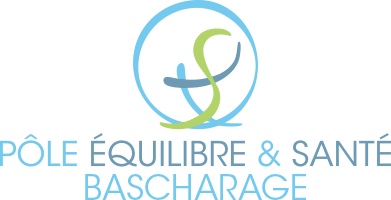


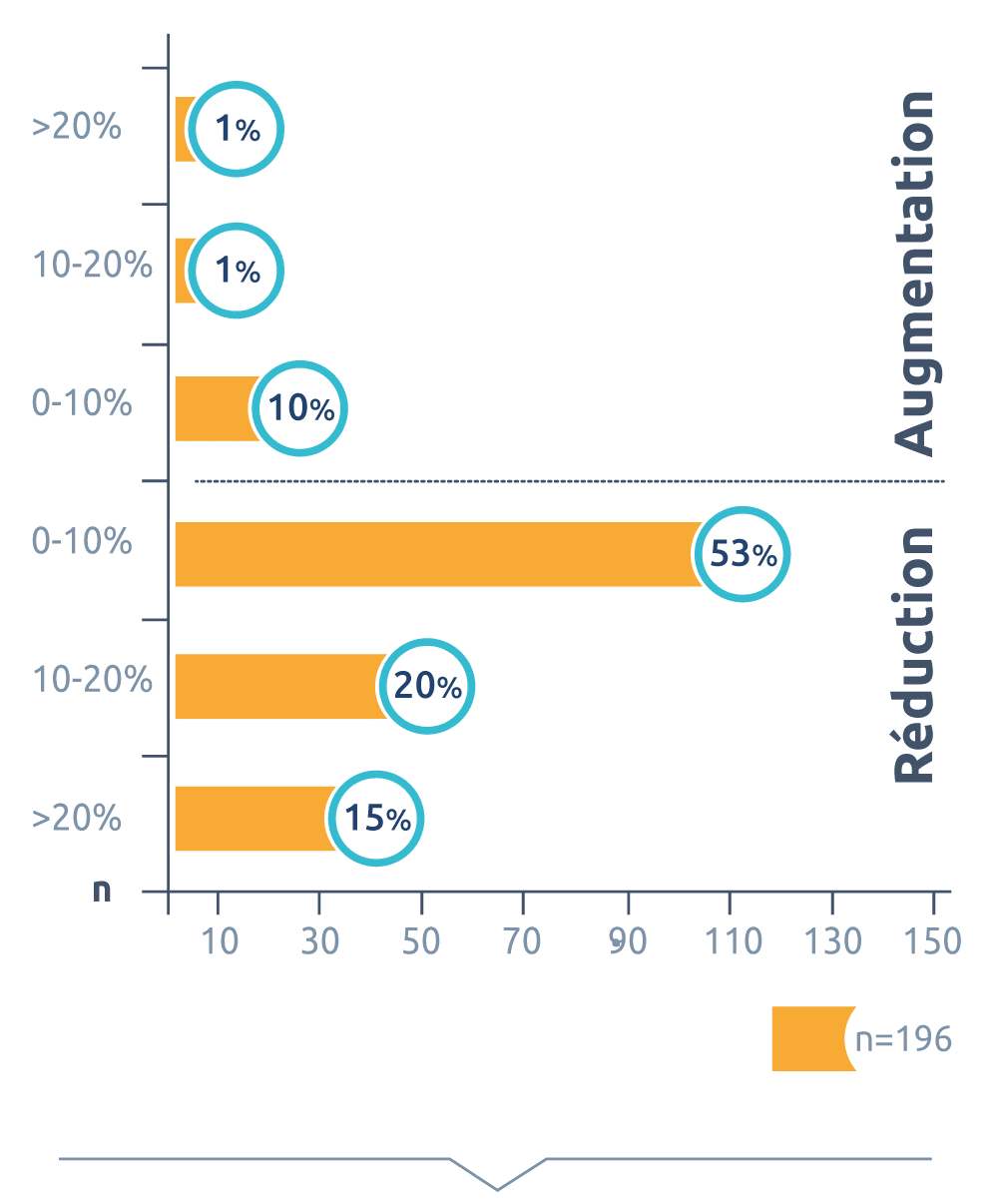
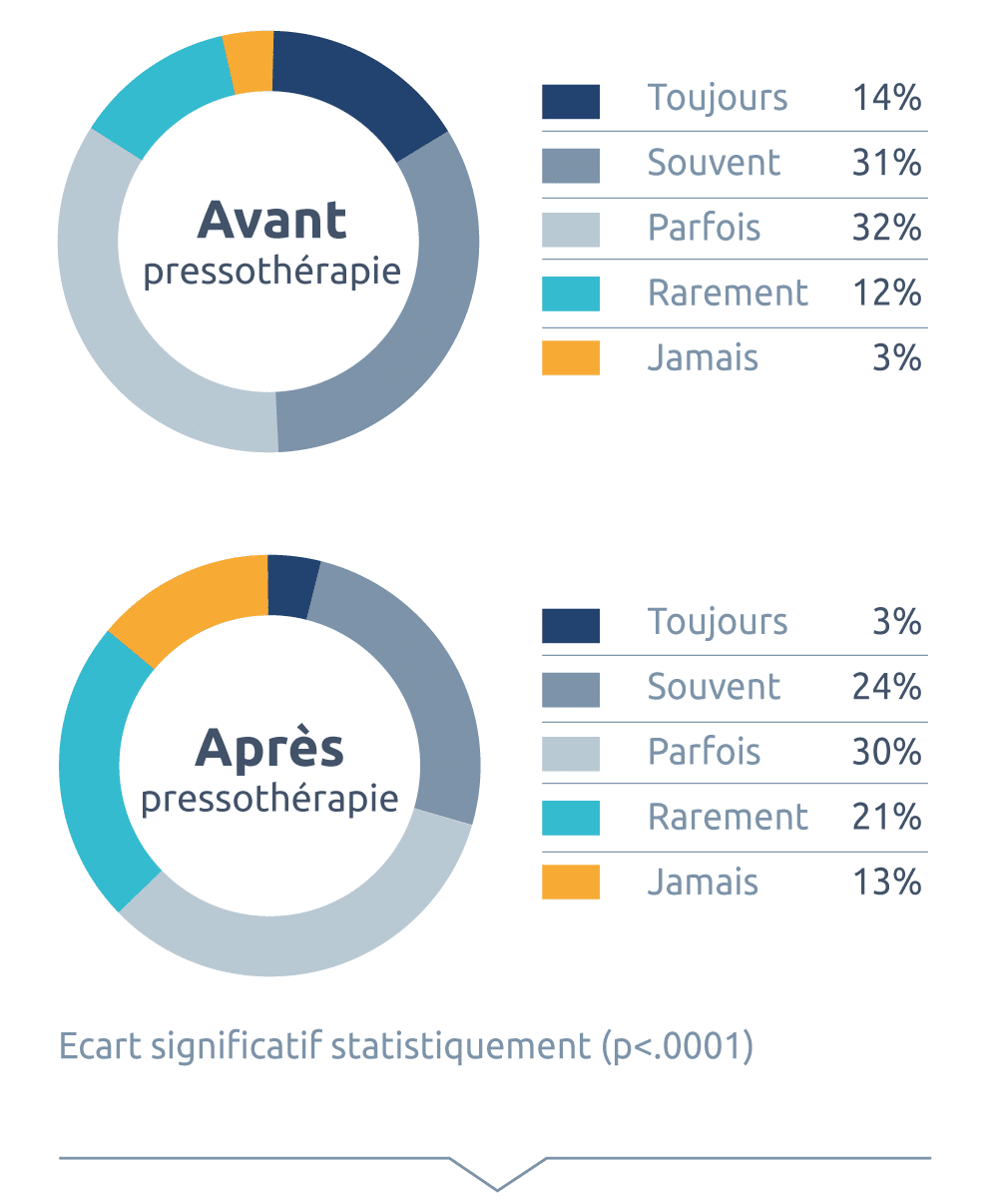
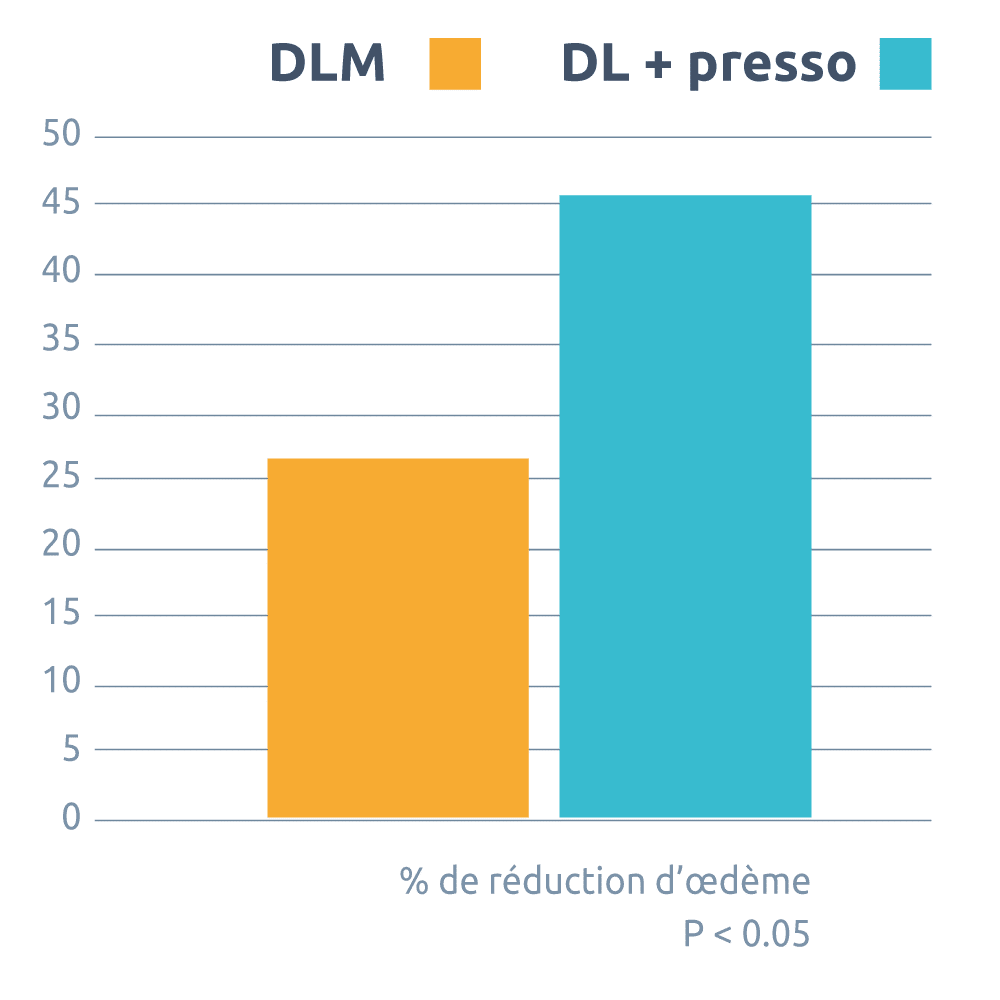 Andrzej Szuba et al / 2002 ; American Cancer Society
Andrzej Szuba et al / 2002 ; American Cancer Society